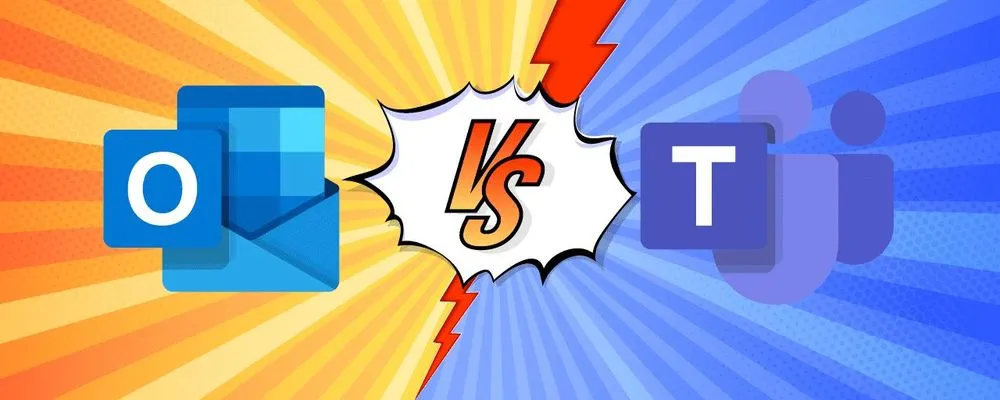Microsoft Teams Vs Email
Microsoft Teams versus EmailI know what youre thinking Microsoft Teams is not the same as email so why even try to compare them As much as I ...

I know what you’re thinking, Microsoft Teams is not the same as email so why even try to compare them. As much as I agree with that, many organizations either don’t see it that way or have trouble fighting their culture of email. While many users complain of the flood of emails each day, they can’t help but also feel comfortable in the format. That is, until you get Microsoft Teams in the mix. But even then, there can be an uphill battle to encourage your teams to truely adopt Teams.
Making the shift to using Microsoft Teams as the primary communication and collaboration tool within a given department or cross-functional team can happen quickly with focus from leaders, champions, and content producers.
At Agile IT, we made this transition quickly with a few key steps:
- Ignore emails – That’s right, the first step is to ignore any emails that’s related to a topic that could be done in a Team, then don’t respond. If you really do need to respond, respond with, “great question, please post in Teams and I’ll follow up right away.”
- Responsiveness in Teams is faster – If your team understands that you respond faster in Teams versus email, they’ll make the shift extremely faster. Especially if you need to review and comment on a document.
- Work “out in the open” – If there is a question or conversation in email, chat, etc. that doesn’t need to be “private”, then make sure to tell people to move the conversation to Teams. There are a number of benefits to working out in the open, but one that grows over time is the population of enterperise search functionality. By working in the open over time, eventually you get oceans of rich information that can be referecned by anyojne with permissions.
- Show as you go – As you create new documents, start them in Teams right from the start. No longer should people create a document in their own OneDrive or local folders and wait till it’s “ready to share.” This always creates duplicates, hiding of work not happening, and wasted time. If you start it there, everyone can contribute and have visibility as content progresses. [Editors note: This applies to OneNote as well.]
- Make it fun – I know this sounds silly, but a casual tone and using some Gifs when responding to requests and actions keeps people engaged.
These are easy steps and requires focus. There’s always a comment of, “can you just respond to my email and I’ll do Teams next time”, but that time never really comes because they know you’ll just do the urgent response in email.
We do this same process with our customers and partners within Teams as well. Yes there is still email, but now we live less inside of Outlook and more in Teams.
Oh the joy! After doing these small steps for us at Agile IT, we were able to get mass adoption per team within a matter of weeks. Then again, we’re Microsoft cloud junkies and love working with new technologies. Other teams don’t have that same gravitational pull. That’s why we have a “coach” (aka Productivity Specialist) who engages with our customers over 6-8 weeks to help guide this process per team. It’s worked wonders for those coming from Google gSuite and the legacy Microsoft collaboration suite on-premises (SharePoint and File Servers).
Now that you have five easy steps to adopt Teams, let’s see how you too can spend less of your day in email.





